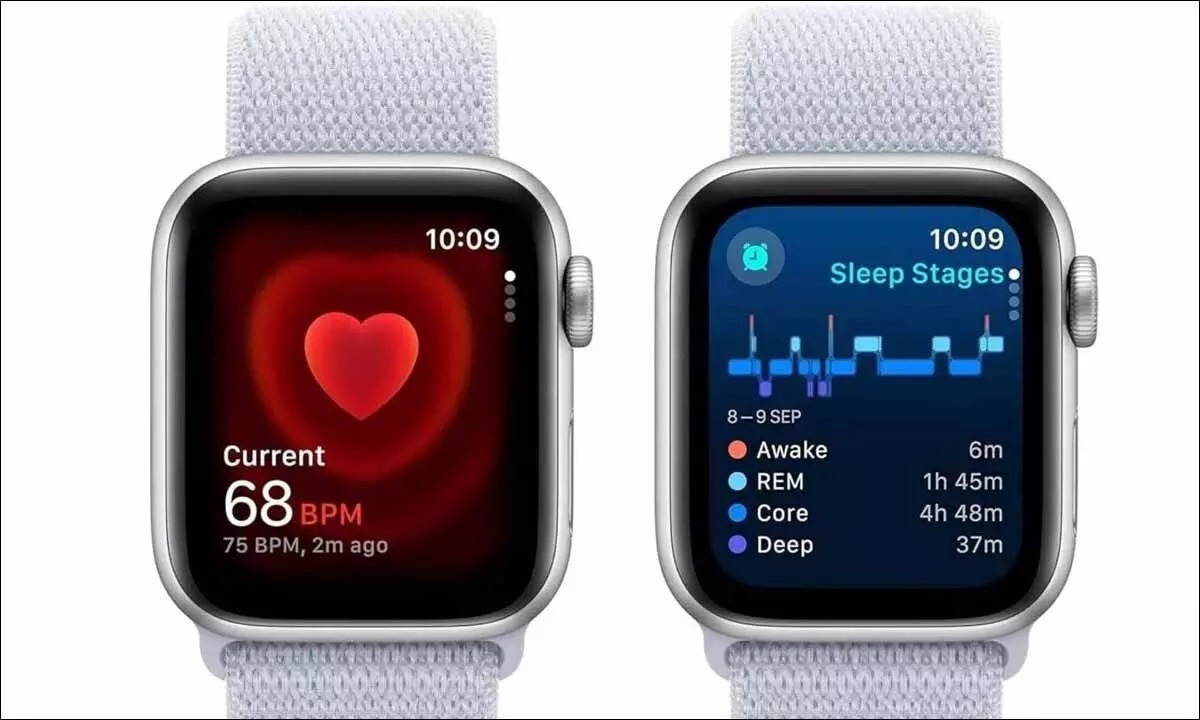
Follow WOWNEWS 24x7 on:

Apple has once again empowered its smartwatch users by reintroducing the much-loved blood oxygen monitoring feature in the United States, following a nearly two-year hiatus caused by a prolonged patent dispute. The update, arriving via WatchOS 11.6.1 and iOS 18.6.1 software releases, marks a significant milestone in Apple’s ongoing effort to deliver advanced health tools to its customers, even under legal constraints.
The Ban and Its Backstory
The blood oxygen monitoring feature was first introduced in Apple Watch models in 2020 as a health-monitoring tool designed to provide users insight into their respiratory health and overall wellness. Though not a medical device, it quickly became popular for everyday health management, wellness tracking, and early warnings related to respiratory conditions.
However, in 2023, Apple faced a major setback when the International Trade Commission (ITC) ruled that the blood oxygen sensor technology infringed on patents held by Masimo, a California-based digital health company specializing in pulse oximeters. This led to an import ban on certain Apple Watch models equipped with the feature in the US, forcing Apple to remove blood oxygen monitoring from US-sold watches like the Apple Watch Series 9, Series 10, and Ultra 2. Watches sold internationally and those sold prior to the ban retained their full functionality.
The Software Solution: A Clever Workaround
Rather than halting sales or permanently eliminating the feature amid the dispute, Apple engineers developed an innovative workaround. With the new software update, sensor data is still collected by the Apple Watch; however, instead of being processed and reported directly on the watch, the raw data is transmitted to the paired iPhone for analysis. Users can then view their blood oxygen readings in the Health app’s respiratory section on the iPhone, rather than on the Watch itself. This novel method ensures compliance with the recent US Customs ruling, enabling Apple to restore a critical health metric for its users in America.
What This Means for Users
For Apple Watch owners in the US affected by the ban, this update restores access to a key health feature that was sorely missed. However, the changed functionality means reading blood oxygen levels now requires interaction with the paired iPhone, which differs from the more immediate access previously available on the Watch face itself. Nevertheless, it represents a welcome return of an important health marker with minimal disruption to user experience.
It’s important to note that the Apple Watch SE model never included blood oxygen monitoring and will remain without this feature. Meanwhile, Apple Watches with the feature prior to the ban or those purchased internationally are unaffected by the update, retaining their original capabilities.
Apple’s Growing Health Ambitions
The return of blood oxygen monitoring is part of Apple’s broader strategy to expand its health and wellness offerings. The company has invested heavily in medical-grade features such as ECG readings, hearing health monitoring, sleep apnea detection, and temperature sensing. Apple is reportedly also exploring noninvasive glucose monitoring—an innovation that could revolutionize diabetic care.
Apple continues to market its Watch as a life-enhancing device designed to empower users with critical health data, an objective that remains at the core of updates such as this one despite legal hurdles.
Market and User Reactions
While investors and users reacted positively to the update, appreciating Apple’s persistence and ingenuity in overcoming patent barriers, some have noted that the split experience between the watch and iPhone may require user adjustment. Nevertheless, the consensus is that restoring blood oxygen monitoring strengthens the Apple Watch as a comprehensive personal health toolkit.
Sources: CNN, New York Times, Forbes, India Today, CNBC, Apple Newsroom

